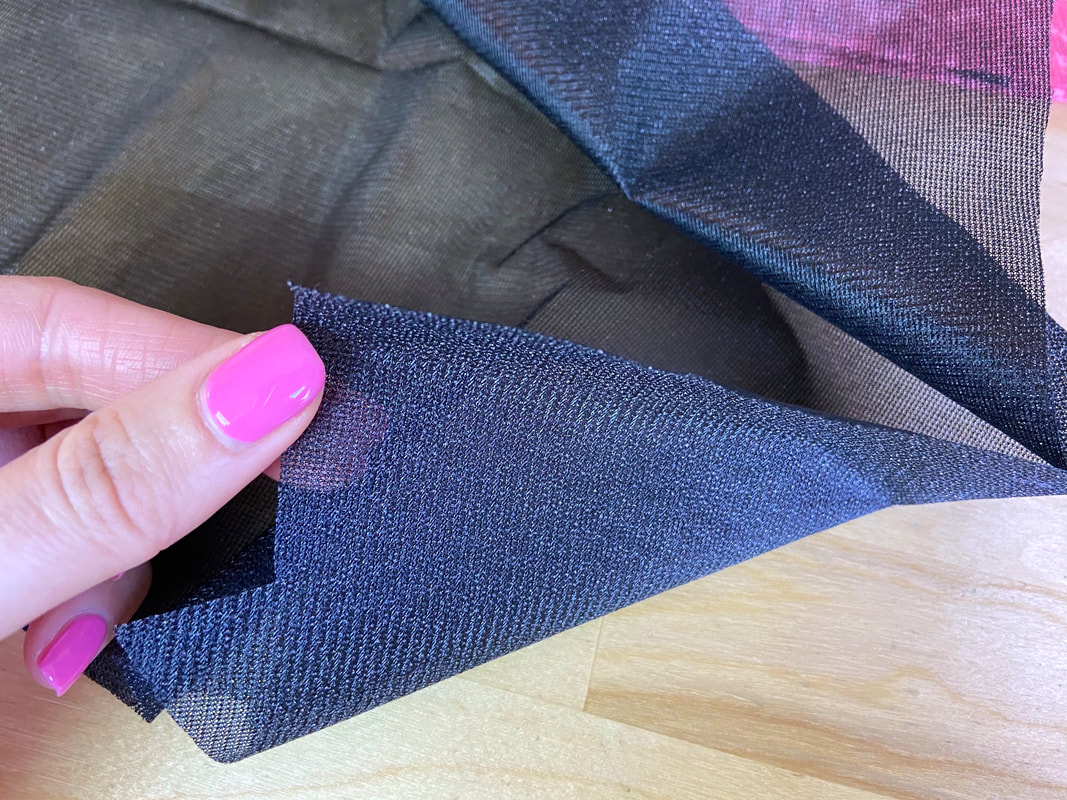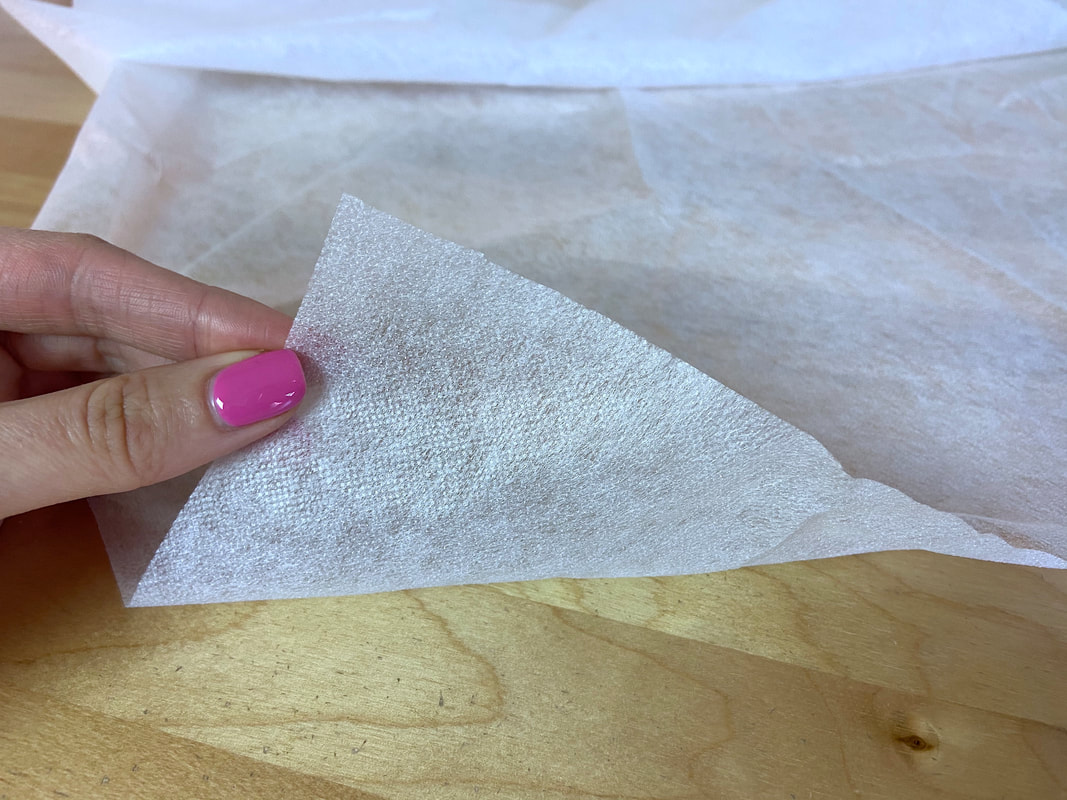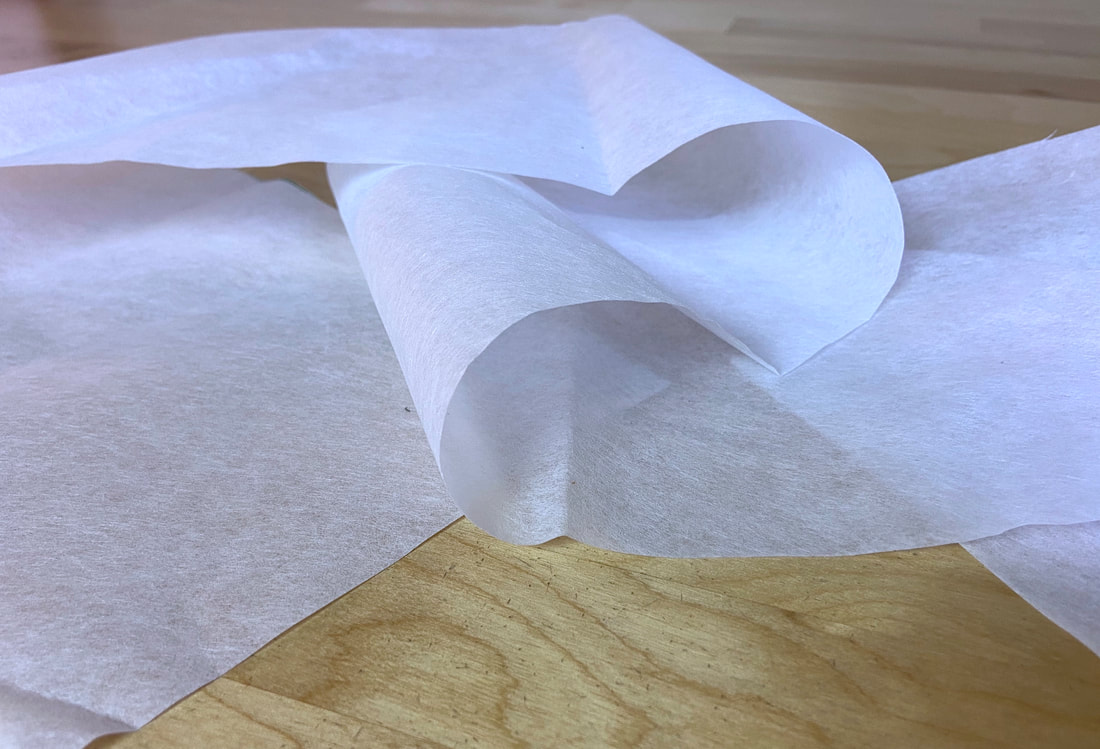3 Basic Types Of Interfacing Used In Dressmaking
Not only is interfacing somewhat technically complicated to understand, the various types of structures and weights can often be confusing for beginners and even intermediate-to-advanced dressmakers.
Interfacing's main purpose is to provide structure and stability at key areas on the garment. These areas include the neckline/armhole, waistbands, the garment opening, collars, cuffs and the hemline. It is up to you when and how to use it; however, stabilizing these portions with interfacing is highly recommended.
The interfacing weight is chosen based on the fabric's weight and thickness.
In terms of structure, here are three basic types of interfacing you should know:
Interfacing's main purpose is to provide structure and stability at key areas on the garment. These areas include the neckline/armhole, waistbands, the garment opening, collars, cuffs and the hemline. It is up to you when and how to use it; however, stabilizing these portions with interfacing is highly recommended.
The interfacing weight is chosen based on the fabric's weight and thickness.
In terms of structure, here are three basic types of interfacing you should know:
A knit/tricot fusible interfacing has a close resemblance to a conventional fabric's structure. The wrong side of the interfacing is coated with an adhesive that melts when heated adhering securely to the fabric underneath.
Knit interfacing is perhaps the most flexible providing great movement in the finished application. This interfacing style is also quite resilient to machine washing which makes it perfect for use in garment construction.
While it can be used with most fabrics, it is best suitable with tailored, more structured garments, and medium-to-heavyweight fabrics.
Knit interfacing is perhaps the most flexible providing great movement in the finished application. This interfacing style is also quite resilient to machine washing which makes it perfect for use in garment construction.
While it can be used with most fabrics, it is best suitable with tailored, more structured garments, and medium-to-heavyweight fabrics.
Fusible web interfacing is constructed of interwoven poly fibers and similar to the knit style shown above, it is coated on one side to adhere to the fabric surface when iron heated.
While you can find this interfacing in a few different weights, it is perfect for light-to-medium weight fabrics providing just enough structure without jeopardizing the fabric's drape and movement.
Note: As with most fusibles, it is important to follow all instructions when attaching this interfacing- if not attached properly, it can often come off or disintegrate in the wash.
While you can find this interfacing in a few different weights, it is perfect for light-to-medium weight fabrics providing just enough structure without jeopardizing the fabric's drape and movement.
Note: As with most fusibles, it is important to follow all instructions when attaching this interfacing- if not attached properly, it can often come off or disintegrate in the wash.
As opposed to fusible interfacing which is bonded with iron heat, sew-on interfacing is stitched to the fabric layer instead. For that reason, this interfacing looks identical on both sides. It is conventionally constructed in a web structure using poly fibers.
Depending on the application, sew-on interfacing can be attached to the fabric surface by hand using a blindstitch or by machine with a regular machine stitch (or zigzag stitch).
While there is no denying that fusible interfacing is more convenient and easy to attach, sew-on interfacing is great for garments that are heat sensitive or cannot be ironed altogether.
Generally, sew-on interfacing provides a more structured application, making it perfect for tailored woven garments.
Depending on the application, sew-on interfacing can be attached to the fabric surface by hand using a blindstitch or by machine with a regular machine stitch (or zigzag stitch).
While there is no denying that fusible interfacing is more convenient and easy to attach, sew-on interfacing is great for garments that are heat sensitive or cannot be ironed altogether.
Generally, sew-on interfacing provides a more structured application, making it perfect for tailored woven garments.




